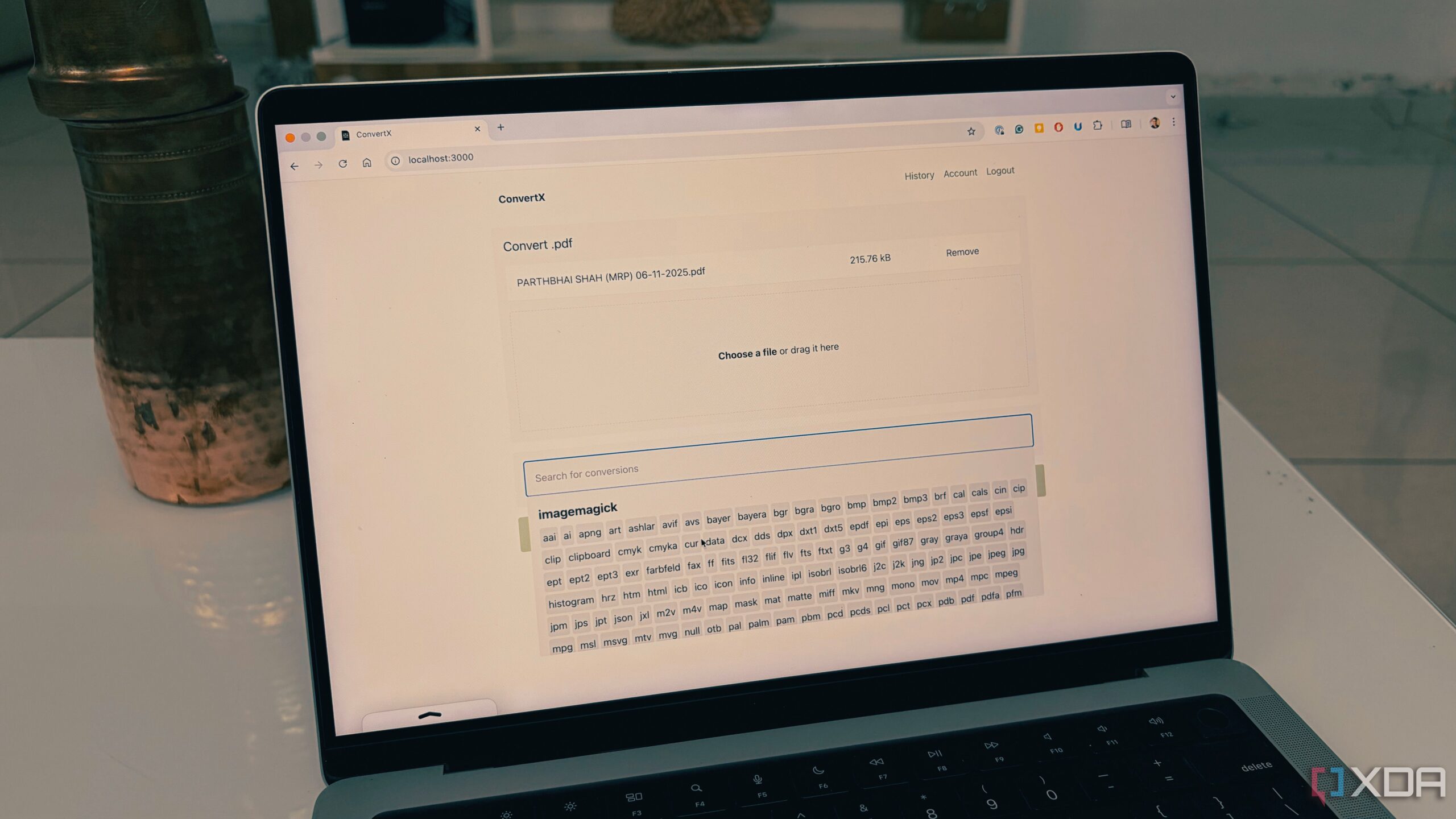New Peace Efforts Emerge as Trump Administration Engages Middle East

A new initiative aimed at fostering peace in the Middle East is gaining traction, with the Trump administration actively working to expand a fragile cease-fire between Israel and Hamas. This effort comes as various allies in the Muslim world join in the pursuit of a more comprehensive resolution to long-standing conflicts in the region.
The current peace process seeks to build on recent agreements that have temporarily halted hostilities. The administration’s approach, marked by direct engagement with key regional players, aims to create a sustainable framework for dialogue. This initiative has drawn the attention of both political leaders and citizens who have long yearned for stability.
The push for peace is characterized by strategic discussions involving multiple stakeholders. Notably, countries that have historically held influence over Hamas and other factions are now being brought into the fold. The goal is to establish a unified front that supports both Israel and Palestinian interests, fostering cooperation rather than further division.
International Support and Involvement
The Trump administration has emphasized the importance of collaboration among regional powers. By engaging with nations such as Egypt and Jordan, the U.S. is attempting to leverage their relationships to facilitate discussions. These countries have a vested interest in the stability of the region and have shown willingness to mediate talks.
According to sources within the U.S. government, the initiative has received positive feedback from several Arab nations. This growing support underscores a shift in the dynamics of Middle Eastern politics, as traditional adversaries consider the benefits of peace. The administration aims to capitalize on this momentum to solidify a more permanent cease-fire.
Efforts to maintain peace will require addressing underlying issues that have perpetuated the cycle of conflict. Economic initiatives are also being discussed, focusing on rebuilding efforts in Gaza and enhancing the overall living conditions for Palestinians. By improving the economic landscape, the hope is to reduce tensions and foster goodwill.
Challenges Ahead
Despite these promising developments, significant challenges remain. Skepticism persists among factions within both Israel and Palestinian territories. Some leaders question the sincerity of the peace process, fearing it may be used as a political tool rather than a genuine effort for reconciliation.
Additionally, public sentiment in both communities plays a crucial role. Many individuals affected by the ongoing conflict remain wary of negotiations that have historically failed. This skepticism can undermine trust, making it essential for leaders to build confidence through transparency and tangible actions.
As the peace process unfolds, the international community is closely watching for signs of progress. The next few months will be critical in determining whether the current initiative can pave the way for a lasting peace in the Middle East. With the involvement of multiple players and a renewed focus on dialogue, there is cautious optimism that a new chapter may be beginning.






